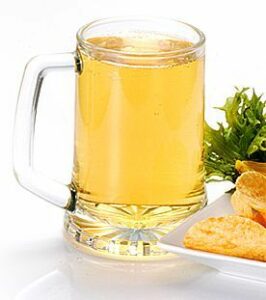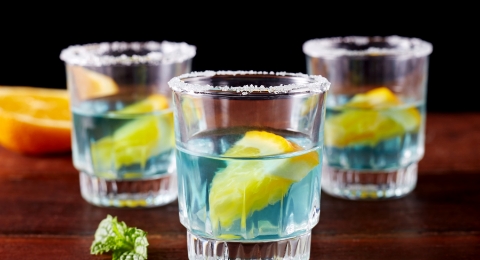
การผลิตแก้ว
แก้ว เป็นวัสดุที่ถูกใช้งานในหลากหลายวัตถุประสงค์ ทั้งเครื่องครัว จำพวกจาน ชาม หรือแม้แต่หม้อ กระทะ นอกจากนี้ยังรวมถึง กระจกที่ติดตามประตูหน้าต่าง กระจกส่องหน้า กระจกรถยนต์ แว่นสายตา แว่นกันแดด และอื่นๆ เราอาจเคยสงสัยว่า แก้วหรือกระจกทำมาจากอะไร และมีวิธีการผลิตอย่างไรดังนั้นเรามาทำความรู้จักกับแก้วกันดีกว่า
วัตถุดิบหลักในการทำแก้ว
1) โซดาไฟ (Sodium Carbonate, Na2CO3)
2) หินปูน หรือ โดโลไมต์ (Calcium carbonate, CaCO3)
3) ทรายแก้ว (Silica sand, SiO2)
4) เศษแก้ว (Cullet)
5) สารผสมอื่นๆ เช่น สารทำสี เป็นต้น

การผลิต
วัตถุดิบจะถูกผสมในสัดส่วนที่แน่นอน หลังจากผสมแล้วจะถูกลำเลียงไปยังเตาหลอมแก้ว เมื่อส่วนผสมหลอมจนเป็นน้ำแก้วเหลวแล้ว จึงนำไปขึ้นรูปตามรูปแบบที่ต้องการ แล้วนำไปอบคลายความเครียด (Annealing) ในเนื้อแก้ว ทำให้แก้วมีความทนต่อการเปลี่ยนอุณหภูมิโดยฉับพลัน (Thermal Shock) และออกมาเป็นแก้วอย่างที่เราเห็นๆกันนี่แหละ!
